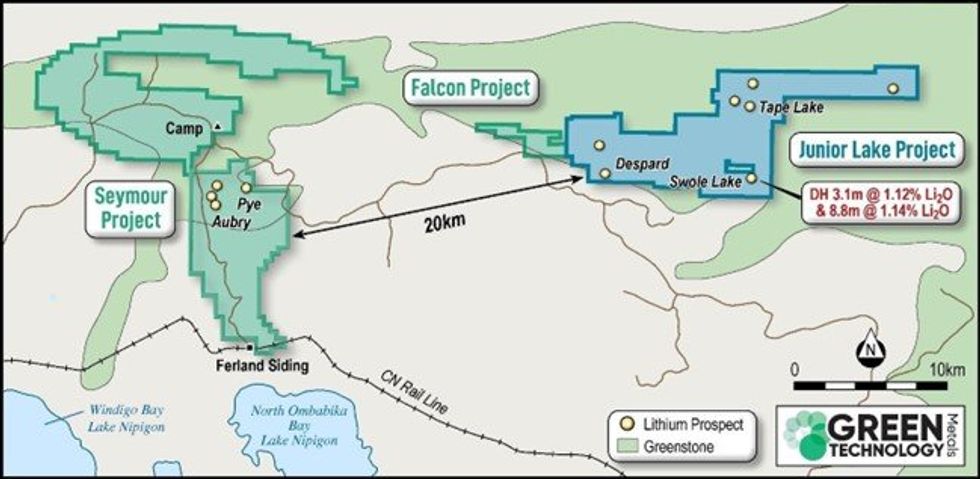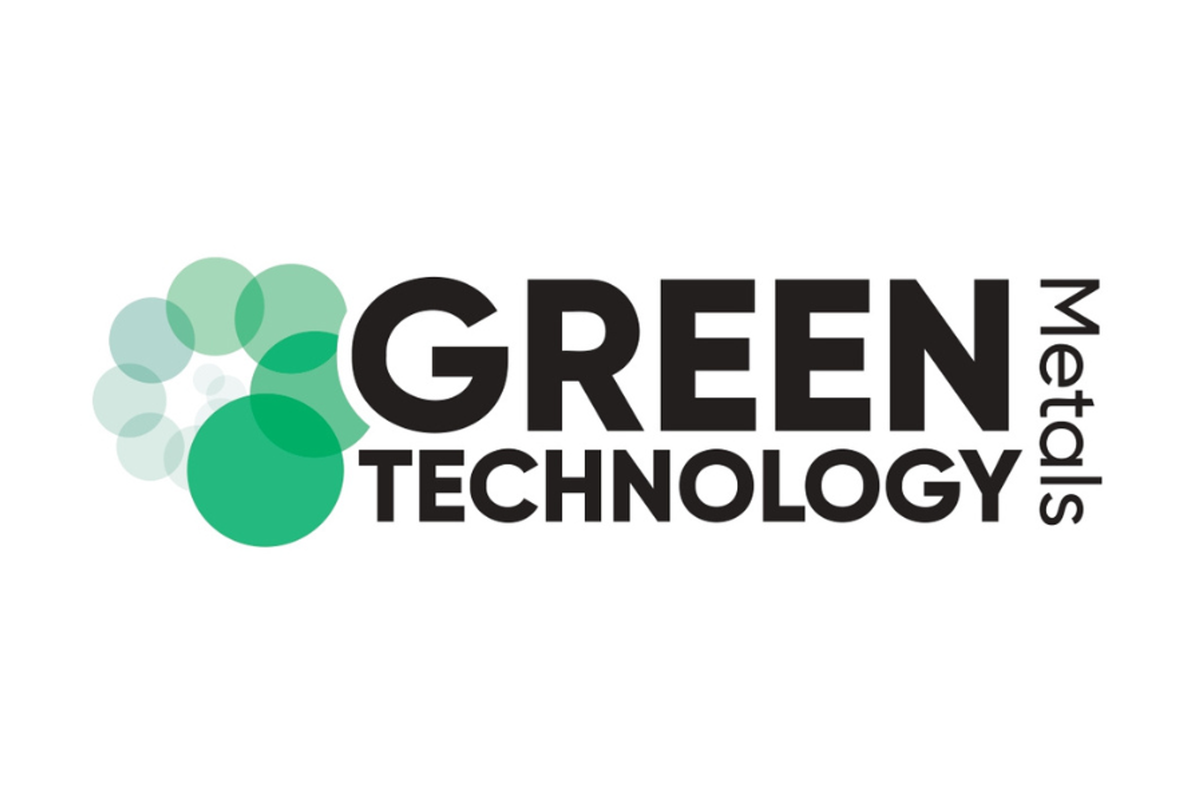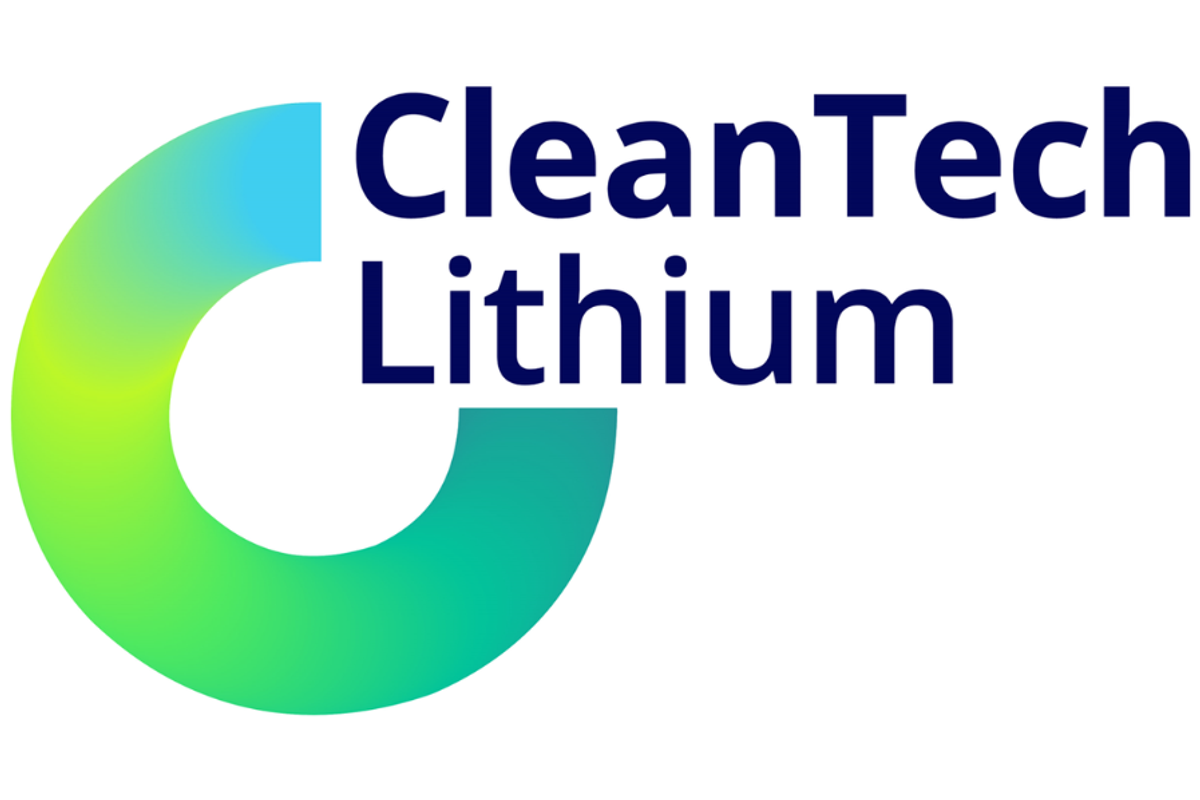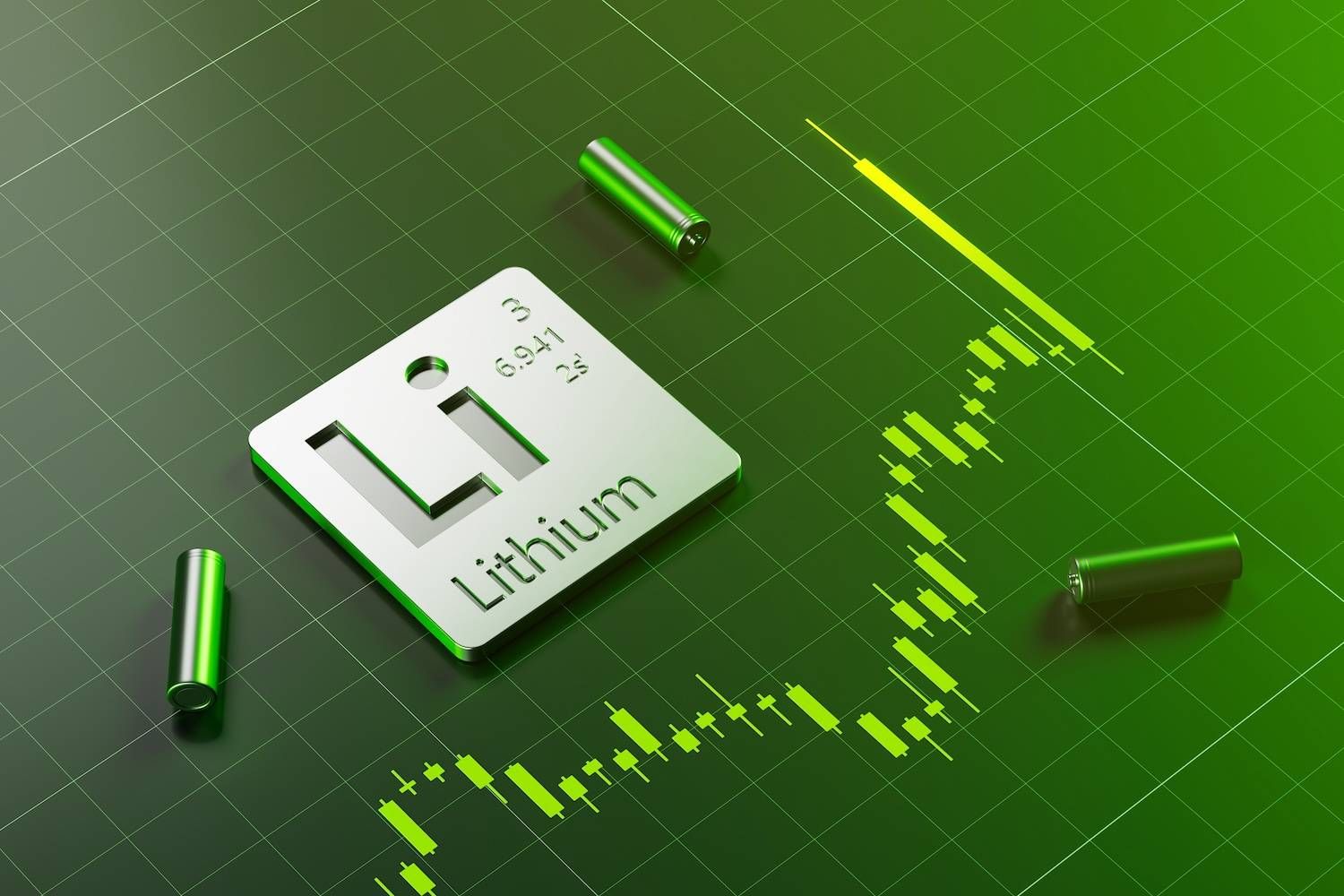
- NORTH AMERICA EDITIONAustraliaNorth AmericaWorld
March 05, 2023
Green Technology Metals Limited (ASX: GT1) (GT1 or the Company), a Canadian-focused multi-asset lithium business, is pleased to announce that it has signed a binding option agreement (Option Agreement) for an option (Option) to purchase an 80% interest (80% Option Interest) in the Junior Lake Project (Junior Lake or the Project) from Landore Resources Canada Inc. (Landore) which comprise 591 staked mineral claims on 10,856 Hectares (109km2) of tenure located adjacent to the Flagship Seymour Project (Seymour) in Ontario, Canada.
HIGHLIGHTS
- Binding option agreement executed with Landore to secure the Junior Lake Project hosting identified Lithium-bearing pegmatites
- Located 22km east of GT1’s Flagship Seymour Project, covering ~109km2 of tenure
- Junior Lake hosts multiple LCT pegmatites at surface, confirmed by historical exploration activities on the property, with drill ready targets presenting similar geology to Seymour
- Junior Lake offers outstanding potential to make new proximal lithium discoveries and strategically grow the resource base for Seymour
- Preparation for summer mapping and initial 1,200m drilling program to commence in Q3 23 subject to approvals
The tenements are located immediately adjacent (approximately 22km) from the Company’s Flagship Seymour project in Ontario, The Junior Lake Project is host to three drill-ready LCT pegmatite prospects, identified from previous exploration, indicating the Project’s lithium potential.
“We are excited to secure the agreement with Landore, adding a sizeable tenement package to our portfolio and look forward to commencing exploration on the Junior Lake Project which offers the company a unique combination of a close proximity location, identified targets through previous regional exploration and early indications of similar geology to our flagship Seymour Project.
We plan to commence exploration activities imminently at Junior Lake as we look to grow our resource base for greater Seymour and move swiftly into development ”
GT1 Chief Executive Officer, Luke Cox
Project Background
The Junior Lake Project, currently 100% owned by Landore, consists of 33,029 hectares, including 10,856 hectares relating to Lithium tenure (refer to figure 1) in the province of Ontario, Canada. The project is located approximately 235 kilometres north-northeast of Thunder Bay and 75km east-northeast from the town of Armstrong and easily accessible via Jackfish Highway which connects the Seymour, Falcon and Junior Lake project areas.
Junior Lake is located within the Caribou Lake – O’Sullivan greenstone belt of the East Wabigoon Sub province of the Superior Province, a highly prospective Archean greenstone belt known host to multiple known gold and other precious and base metal occurrences. The greentone belt traverses the Junior Lake Property from east to west for approximately 31 kilometres and ranges from 0.5 to 1.5 kilometres wide containing all of Landore’s stated mineral resources and prospects including the BAM Gold Deposit, Lamaune Gold Prospect, the B4-7 Nickel-copper-cobalt- Platinum-Palladium-gold Deposit and the VW Nickel-Copper-cobalt Deposit. Previous exploration has been largely focused on the gold potential of the area and a greater portion of the greenstone belt and Junior Lake project remains underexplored.

Junior Lake is host to several LCT pegmatites with three previously identified target areas; Despard, Swole Lake and Tape Lake, all presenting similar geology to Seymour based on the lithium exploration undertaken to date:
The Despard Lithium target
Located approximately 1km north of the east end of North Lamaune Lake, holding exposed outcrop and boulders intermittently over an east-west length of ~914 metres and across widths up to 27 metres, containing up to 30% spodumene. Historic exploration at Despard is limited with a 10 hole diamond drilling program undertaken in 1959 intersecting 1.68% Li2O over 6.1 metres, 1.70% Li2O over 2.01 metres and 1.53% Li2O over 2.74 metres.
Click here for the full ASX Release
This article includes content from Green Technology Metals, licensed for the purpose of publishing on Investing News Australia. This article does not constitute financial product advice. It is your responsibility to perform proper due diligence before acting upon any information provided here. Please refer to our full disclaimer here.
GT1:AU

Sign up to get your FREE
Green Technology Metals Investor Kit
and hear about exciting investment opportunities.
- Corporate info
- Insights
- Growth strategies
- Upcoming projects
GET YOUR FREE INVESTOR KIT
The Conversation (0)
17 September 2025
Green Technology Metals
Delivering the next lithium hub in North America
Delivering the next lithium hub in North America Keep Reading...
30 November 2025
Altris Engineering Appointed to Optimise & Lead Seymour DFS
Green Technology Metals (GT1:AU) has announced Altris Engineering Appointed to Optimise & Lead Seymour DFSDownload the PDF here. Keep Reading...
17 November 2025
Ontario Lithium Project Development Update
Green Technology Metals(GT1:AU) has announced Ontario Lithium Project Development UpdateDownload the PDF here. Keep Reading...
31 October 2025
Quarterly Activities/Appendix 5B Cash Flow Report
Green Technology Metals(GT1:AU) has announced Quarterly Activities/Appendix 5B Cash Flow ReportDownload the PDF here. Keep Reading...
12 October 2025
Successful A$4.5m Two Tranche Placement
Green Technology Metals (GT1:AU) has announced Successful A$4.5m Two Tranche PlacementDownload the PDF here. Keep Reading...
09 October 2025
Trading Halt
Green Technology Metals (GT1:AU) has announced Trading HaltDownload the PDF here. Keep Reading...
05 January
CEOL Application for Laguna Verde Submitted
CleanTech Lithium PLC ("CleanTech Lithium" or "CleanTech" or the "Company") (AIM: CTL, Frankfurt:T2N), an exploration and development company advancing sustainable lithium projects in Chile, is pleased to announce it has submitted its application (the "Application") for a Special Lithium... Keep Reading...
01 January
Lithium Market Forecast: Top Trends for Lithium in 2026
The lithium market heads into 2026 after one of its most punishing years in recent memory, shaped by deep oversupply, weaker-than-expected electric vehicle (EV) demand and sustained price pressure. In 2025, lithium carbonate prices in North Asia sank to four year lows, forcing production cuts... Keep Reading...
29 December 2025
SQM, Codelco Seal Landmark Lithium Joint Venture in Salar de Atacama
Sociedad Quimica y Minera (SQM) (NYSE:SQM) and Codelco have finalized their long-awaited partnership, forming a new joint venture that will oversee lithium production in Chile’s Salar de Atacama through 2060.SQM announced on Saturday (December 27) that it has completed its strategic partnership... Keep Reading...
24 December 2025
Altius Minerals to Expand Portfolio with C$520 Million Lithium Royalty Deal
Altius Minerals (TSX:ALS,OTCQX:ATUSF) is making a bet on a lithium market recovery, agreeing to acquire Lithium Royalty (TSX:LIRC) in a C$520 million deal that will expand its exposure to battery metals.Under a definitive agreement announced by the two companies on Monday (December 22), Altius... Keep Reading...
23 December 2025
Liontown's First Tjiwarl Member Completes Apprenticeship at Kathleen Valley
Liontown (ASX:LTR,OTC Pink:LINRF) has reached a milestone at its Kathleen Valley operations, with Vaughan Harris becoming the first Tjiwarl community member to complete an apprenticeship with the company.“Being the first Tjiwarl apprentice to complete an apprenticeship here at Liontown feels... Keep Reading...
22 December 2025
Lithium Market 2025 Year-End Review
The global lithium market endured a bruising 2025, with persistent oversupply and softer-than-expected electric vehicle (EV) demand driving prices for the battery metal to multi-year lows.Lithium carbonate prices in North Asia slipped below US$9,550 per metric ton in February — their weakest... Keep Reading...
Latest News

Sign up to get your FREE
Green Technology Metals Investor Kit
and hear about exciting investment opportunities.
- Corporate info
- Insights
- Growth strategies
- Upcoming projects
GET YOUR FREE INVESTOR KIT
Interactive Chart
Latest Press Releases
Related News
TOP STOCKS
American Battery4.030.24
Aion Therapeutic0.10-0.01
Cybin Corp2.140.00









